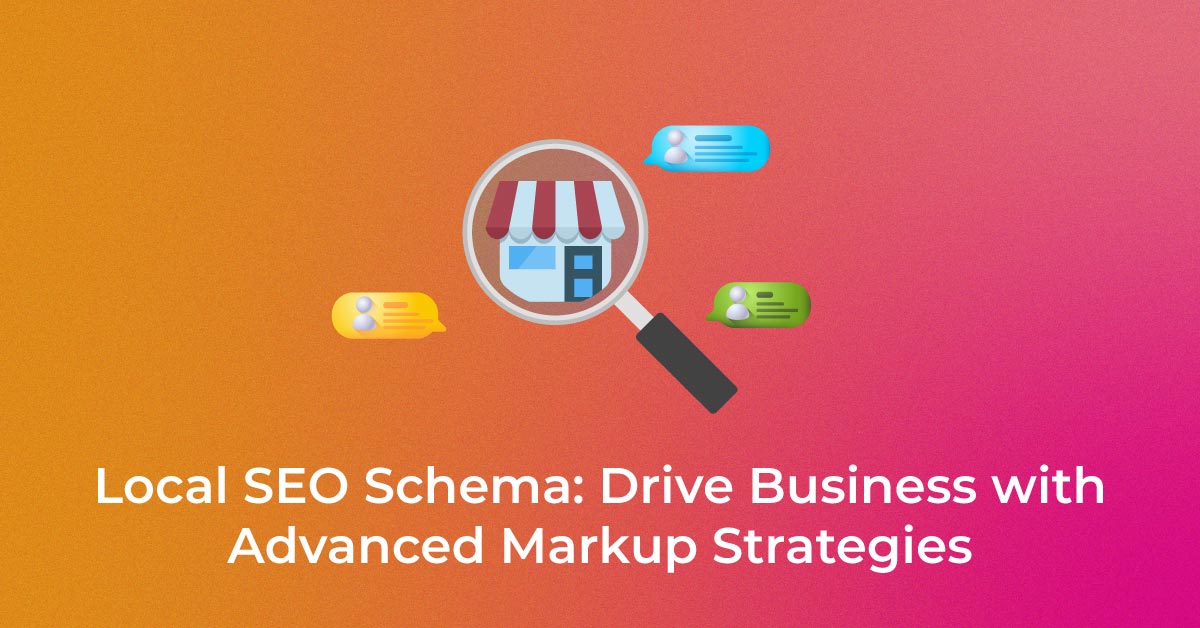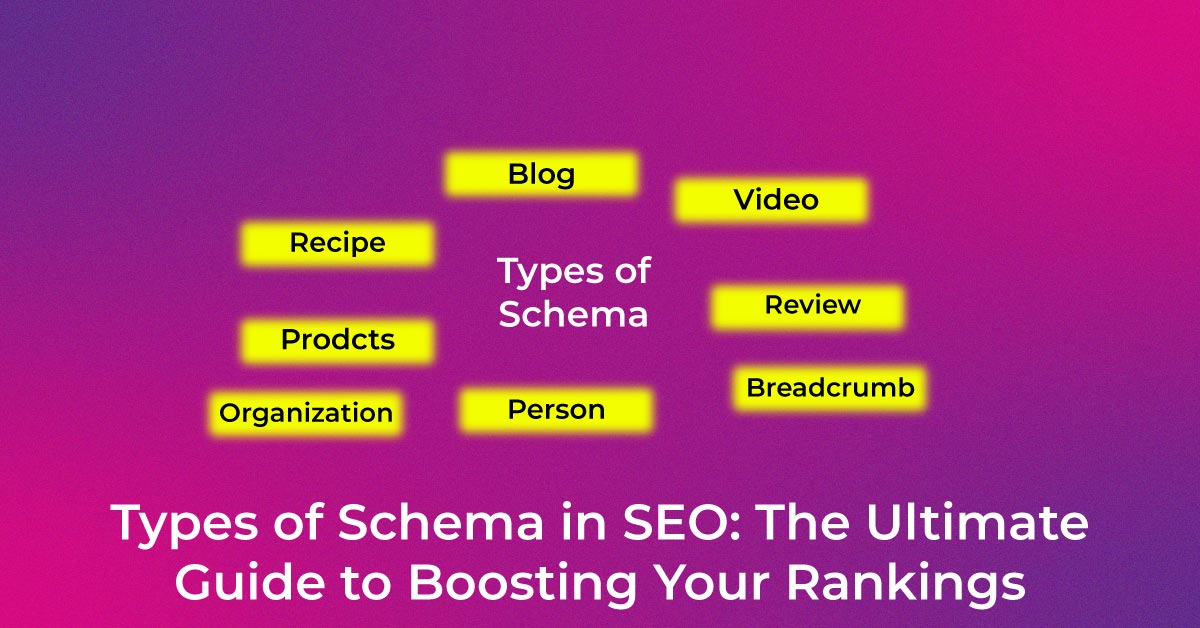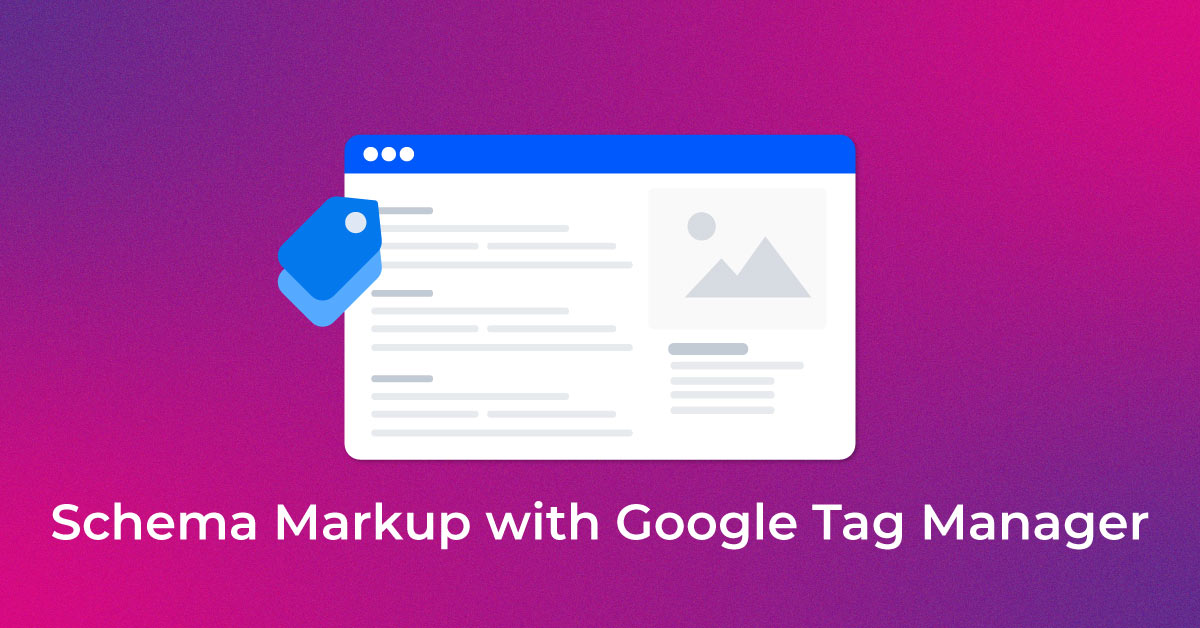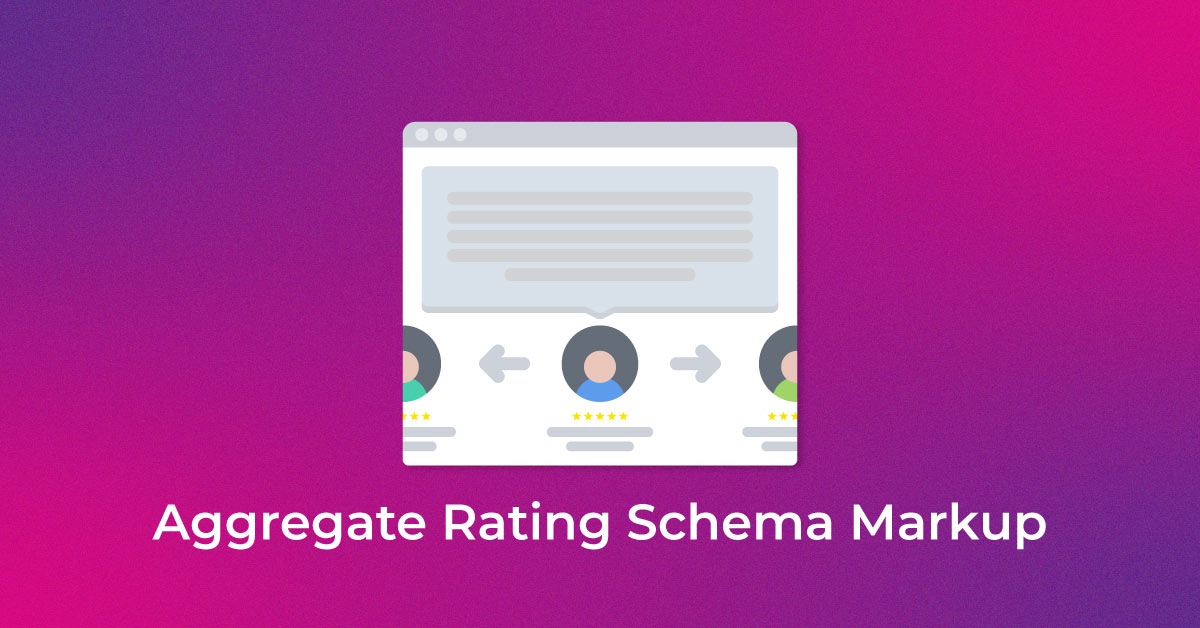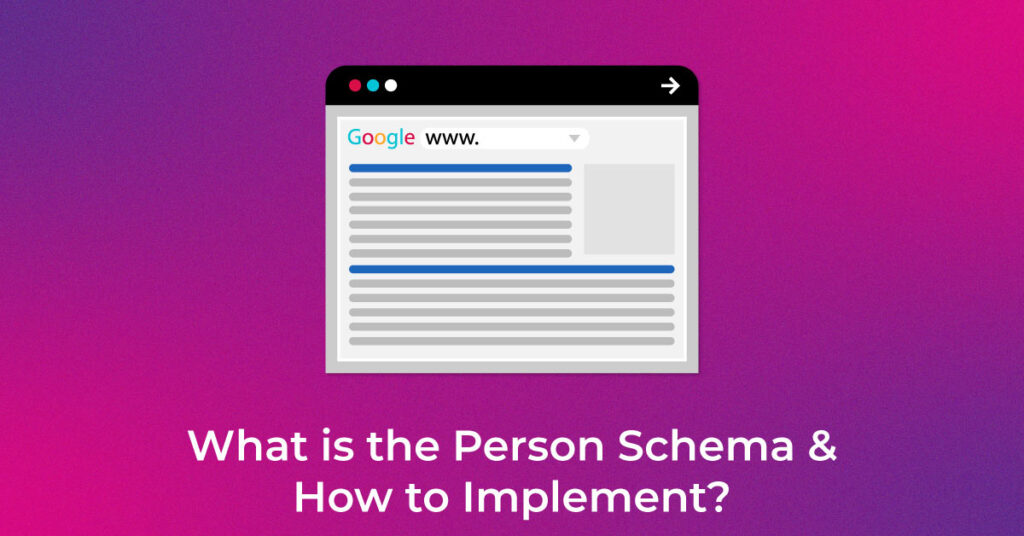Person Schema is a type of structured data specifically aimed at providing information about individuals. It encapsulates a variety of details about a person such as their name, job position, employer, and contact info. Leveraging this schema helps search engines better understand the content relating to people on your web pages, thereby optimizing your site for better search results and enhanced SEO performance.
Understanding Person Schema
Definition of Person Schema
Person Schema is a form of structured data markup from Schema.org that allows you to furnish detailed information about someone. Whether you’re illuminating details about yourself on a personal blog, showcasing team members on a business site, or detailing a character in a book, Person Schema helps you clearly define attributes such as name, photograph, professional title, and social media accounts. This markup is implemented using several formats, most commonly, JSON-LD, and integrates within your site’s HTML code to communicate to search engines meticulous aspects about the person featured.
Importance of Schema in SEO
Schema in SEO acts as a powerful catalyst, heightening your website’s communication with search engines. By delivering precise, structured data, schemas allow you insightfully to articulate the context and content of your webpages to search crawlers, optimizing their understanding and matching search intent with the information you provide. This comprehensive clarity not only boosts the potential to enhance your page rankings but also strategizes how your data is indexed and presented in Search Engine Results Pages (SERPs), presenting a direct impact on your digital visibility and traffic.
How Person Schema Differs from Other Schema Types
Person Schema is distinct from other schema types—it’s tailored to represent individual people, whether they are real or fictional. This contrasts with, for instance, Organization Schema which describes businesses or groups, or Event Schema which details events. Person Schema encapsulates details about a person’s life and work, such as biographical information and achievements, while other schemas might focus on product specifics or geographical locations. The focused data provided by Person Schema helps to shape a clearer identity for individuals within the vast digital landscape where context can often become obscured.
Benefits of Implementing Person Schema
Enhancing Search Engine Visibility
Implementing the Person Schema can substantially boost your search engine visibility. Search engines, equipped with detailed structured data about a person, can elevate pertinent content within their search results, enhancing the probability of your profile appearing to users. This can be particularly beneficial for professionals looking to amplify their online presence or businesses hoping to spotlight team members. By texting search algorithms in their language, you interpret your website’s content with greater clarity, ensuring accurate indexing which, in turn, can translate into a stronger online presence.
Improving Click-Through Rates (CTR)
Employing the Person Schema can lead to richer search results that captivate potential visitors, thus improving Click-Through Rates (CTR). When personal information is displayed as a rich snippet in search results—complete with a photo, job title, or social profile—it can stand out against plain text counterparts and invite more clicks. This visual prominence combined with relevant, appealing details tends to encourage users to choose your link over others, escalating CTR and driving more traffic to your site.
Enriching Search Results with Rich Snippets
Rich snippets, born from well-structured Person Schema markup, serve as attractive hooks in search results. These snippets can display photos, names, job titles, and other personal attributes, enriching the search experience and providing a snapshot of who the individual is at a glance. This enriched display differentiates and elevates a search result, enhancing the informativeness and attractiveness of your listing. Visitors are supplied with engaging, targeted information even before they click through, setting a precedent for quality and relevance.
How to Implement Person Schema
Step-by-Step Guide to Adding Person Schema
Implementing Person Schema on your website is a strategic move to enhance your SEO, and you can achieve this in a few steps:
- Begin by navigating to a schema generator tool, which will help you create the JSON-LD structured data snippet you need.
- Fill out a provided form with as many attributes about the person as possible. Key details often include name, job title, affiliation, and contact information.
- Once you’ve input all relevant information, the tool will generate the corresponding JSON-LD code.
- Copy this code and proceed to embed it into the HTML of your webpage, typically within the ‘head’ or ‘body’ tag depending on the tool’s instructions.
- After you’ve added the schema markup to your page, save your changes and publish or update the page to make the markup live.
By following these steps, you’ve begun paving the way for enhanced search engine visibility and richer search results for your site.
Tools for Testing Schema Markup
After implementing structured data on your website, validating its correctness is essential. You have powerful tools at your disposal:
- Schema.org’s Validator: Here, you can check your markup against the specifications set by Schema.org to ensure syntax accuracy for JSON-LD. Simply paste your code into the tool’s text box and validate it by clicking “play.”
- Google’s Rich Results Test: Especially focused on rich snippet data, Google’s tool lets you paste your code or test a live URL. Rich results are critical for capturing user attention in search results, making this tool indispensable for SEO optimization.
Both tools are designed to not only validate your code but also to highlight any issues with your structured data implementation, thus ensuring the greatest chance of reaping the benefits of enhanced search results. Remember to examine whether your content is as accurately and truthfully represented as in your markup to avoid misrepresentation which Google may penalize.
Common Errors and Troubleshooting Tips
Common errors when implementing Person Schema can stymie your SEO efforts. Fortunately, many are avoidable with vigilant troubleshooting:
- Missing Required Fields: Ensure all mandatory properties like name are included in your markup.
- Typographical Errors: Watch out for misspellings and incorrect syntax, as they can invalidate your markup.
- Incorrect Nesting of Elements: Property hierarchies must be followed. Use validation tools to ensure elements are properly nested.
- Outdated Schema: Keep abreast of updates on Schema.org and revise your schemas as needed.
- Incorrect Format Usage: Adhere to the JSON-LD format specifications or whichever markup language you are using.
These issues, if unaddressed, can lead to search engines misunderstanding or ignoring your structured data. Regularly use validation tools post-deployment, verifying that updates and website changes haven’t disrupted your Person Schema.
Examples of Person Schema in Action
Real-World Use Cases
Incorporating the Person Schema into your website can exhibit tangible benefits across diverse applications. Professionals use it to enhance their online portfolio or C.V., making it easy for recruiters and potential clients to find detailed professional information alongside accolades. Businesses apply it to highlight the expertise within their team, offering a transparent look at the brains behind operations, which can foster trust and authority in the industry. Academia leverages it to showcase faculty and staff, allowing for rich displays of their scholarly contributions and expertise in search results. The palpable outcome is a more engaging and informative online presence that can accelerate reputation-building and connectivity.
Comparison of Results with and without Person Schema
Comparing search results with and without Person Schema illustrates the tangible benefits of structured data. Websites that implement Person Schema often see their search listings transformed into vibrant rich snippets featuring photos, professional titles, and social profiles prominently. Conversely, those without such markup appear as plain text, less likely to capture user attention. With Person Schema, the enriched visibilities can lead to increased click-through rates and online presence, while the absence of schema often corresponds to a more standard listing and potential opportunities overlooked. The comparison underscores the significance of schema as a tool for standing out in a competitive digital space.
Best Practices for Person Schema
Keeping Schema Markup Updated
To maintain the efficacy of your Person Schema markup, it’s crucial to keep it updated. Regularly review and modify your schema to reflect any changes in the person’s details such as new job titles, contact information, or accolades. If an individual’s circumstances evolve, such as a career move or a change in employment status, updating the schema is essential to provide accurate and current information to search engines and users alike. Neglecting these updates can result in outdated information displayed in search results, which can diminish credibility and user trust. Schedule routine audits of your schema markup as part of your SEO maintenance to ensure ongoing accuracy.
Avoiding Common Mistakes
To utilize Person Schema effectively, sidestep common pitfalls:
- Overstuffed with Irrelevant Information: Cluttering Schema with unnecessary details can confuse search engines and users alike. Be concise and relevant.
- Duplicating Efforts: Ensure that your Person Schema doesn’t duplicate content already available through other structured data on the same page.
- Misrepresentation of Information: Stick to verifiable facts. Misrepresenting information can attract penalties from search engines and erode user trust.
- Neglecting Consistency: Information in Person Schema should align with the content on the page. Mismatches can affect credibility and SEO performance.
Steer clear of these mistakes to build a robust and accurate representation of the individual(s) featured on your site, fostering trust and enhancing search engine interpretation.
Staying Compliant with Google Guidelines
Adherence to Google’s guidelines is paramount while implementing Person Schema. Google sets forth clear instructions on how structured data should be applied to ensure fair and useful search results. Compliance involves using markup only where appropriate, avoiding tricks intended to improve rankings or click-throughs, and not fabricating or falsifying information. Always represent the person accurately, ensuring data matches the content on the page and stays within the realm of Google’s best practices. Violations can result in manual actions against your site, which could negatively impact search rankings. To uphold the integrity of your SEO strategies, routinely review Google’s guidelines as part of your schema maintenance regime.
Conclusion
In conclusion, integrating Person Schema into your website’s SEO strategy is a progressive step towards enhancing your digital footprint. By offering search engines a deeper understanding of content related to individuals, Person Schema enables you to craft a more compelling narrative for those individuals that stands out in search results. This isn’t just about being seen—though enhanced visibility and improved CTR are key benefits—it’s about providing value and context to your audience in an increasingly crowded online ecosystem. As you tread this path, remember to adhere to best practices, keep your data up-to-date, and remain compliant with search engine guidelines. With careful implementation and maintenance, Person Schema can be an invaluable asset in your SEO toolkit.
FAQs about Person Schema
What is the difference between Person Schema and Organization Schema?
Person Schema is used to describe individual people, detailing their names, job titles, and contact information. Organization Schema, on the other hand, specifies data about companies or institutions, including names, locations, and corporate contacts. Both serve unique purposes in presenting structured data for search engines but target different entities—individual versus collective.
Can I use Person Schema for fictional characters?
Yes, you can use Person Schema for fictional characters. Just like with real individuals, you can populate relevant fields such as occupation, affiliations, and family members, allowing search engines to understand and display details about these characters accurately.
How often should I update my Person Schema?
You should update your Person Schema whenever there are substantive changes in the person’s professional life, such as a new job title, employer, or contact information. Regular checks perhaps quarterly, or in sync with website content updates, ensure ongoing accuracy and relevance.
Popular Searches
How useful was this post?
2 / 5. 1











